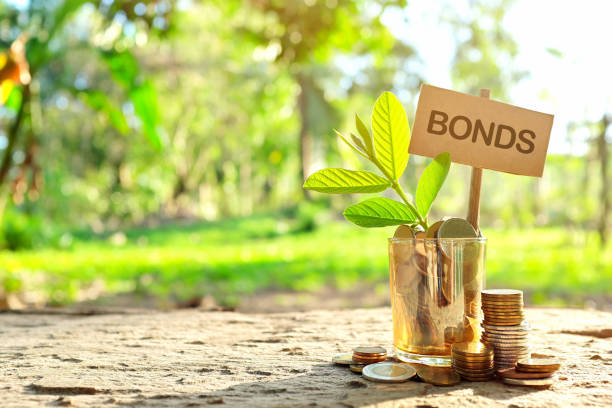Pioneering the Path of Finance: The Rise of Green Bonds
In a world increasingly concerned about climate change and the urgent need for sustainable development, green bonds have emerged as a key financial instrument. This innovative debt tool is designed to fund projects that have positive environmental benefits. While they have been in existence for over a decade, their popularity has soared in recent years, signaling a shift in investor sentiment and a new era in the finance industry.

A Brief History of Green Bonds
Green bonds were first introduced by the European Investment Bank (EIB) in 2007. Initially, they did not attract much attention, due to the lack of awareness about climate change and its potential impact on the economy. However, as the urgency to combat climate change became more evident, interest in green bonds started to pick up. In 2013, the World Bank issued its first green bond, marking a significant milestone in the evolution of this financial instrument.
The Current Landscape of Green Bonds
Today, green bonds have become a significant part of the global bond market. In 2020, a record $269.5 billion of green bonds were issued worldwide, representing a 1% increase from the previous year, according to the Climate Bonds Initiative. This growth trend is expected to continue, with estimates suggesting that the global green bond market could reach $1 trillion by 2023.
The Impact of Green Bonds on Investment Strategies
Green bonds offer a unique opportunity for investors to align their investment strategies with their environmental values. They provide a tangible way for investors to contribute to the fight against climate change while also earning a return on their investment. However, like any investment, green bonds come with risks. The main risk is the potential for greenwashing, where projects funded by green bonds do not deliver the promised environmental benefits. To mitigate this risk, investors need to conduct thorough due diligence and rely on third-party verification.
Real-world Applications of Green Bonds
Green bonds have been used to fund a wide range of environmental projects, from renewable energy and energy efficiency to clean transportation and water management. For instance, Apple Inc. issued a $1.5 billion green bond in 2016 to finance clean energy projects across its global operations. Similarly, the city of Paris issued a green bond in 2017 to fund the city’s transition to a low-carbon, resilient city.
Practical Insights into Green Bonds Investing
- Green bonds provide a unique opportunity for investors to align their investment strategies with their environmental values.
- Conduct thorough due diligence before investing in green bonds to avoid the risk of greenwashing.
- Consider the issuer’s track record and the credibility of third-party verification when evaluating green bonds.
In conclusion, green bonds represent a significant shift in the finance industry, reflecting the growing importance of sustainability in investment decisions. They offer a unique opportunity for investors to contribute to the fight against climate change while also earning a return on their investment. However, like any investment, green bonds come with risks, and investors need to conduct thorough due diligence to ensure their investment delivers the promised environmental benefits.





